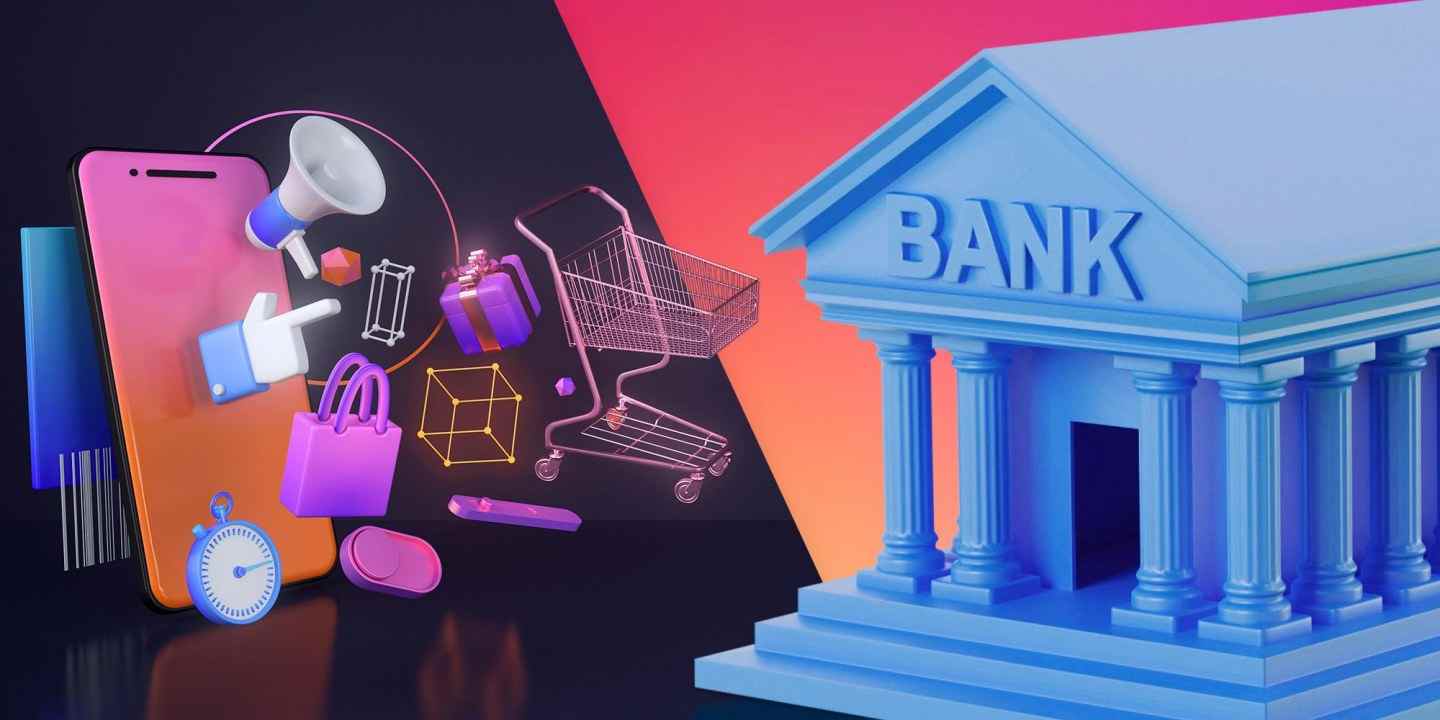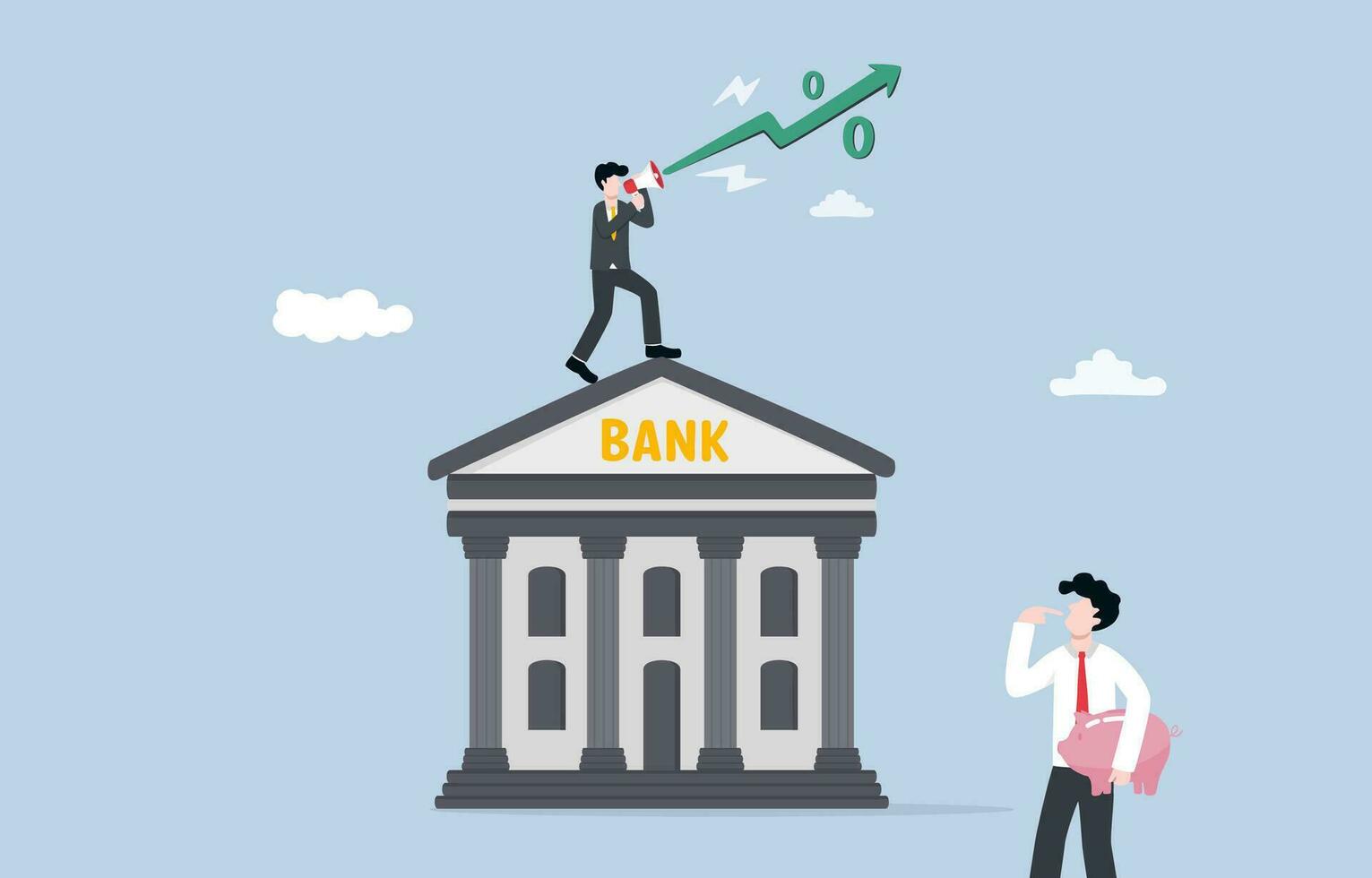Big banks used to be the only game in town, but not anymore. With each swipe on our phones, services appear that cut out these middlemen. Is financial disintermediation a threat to banks? You bet! I see fintech startups sprouting up, offering us ways to save, pay, and invest without setting foot in a bank. They’re simplifying what used to be complex. Can old banks keep up as we swipe left on their outdated ways? Let’s dive in to see if they stand a chance in this fast-changing scene.
Understanding the Impact of Disintermediation on Banks
The Rise of Fintech and Challenges for Traditional Banking
Fintech, short for financial technology, is shaking things up for old-school banks. It’s like banking got hit with a tech tornado. Phones are now like pocket banks, thanks to digital wallets and apps. People turn to online services to borrow, save, or invest money, often skipping the bank trip. This is what experts call disintermediation.
It’s a big word for a simple idea: cutting out the middleman. Think of it as shopping for food straight from a farmer, not a store. In banking, the ‘middleman’ is the bank itself. With fintech, you can get loans or invest without banks. Services like peer-to-peer lending let people lend money directly to each other over the internet. This change is huge, and banks are feeling it.
Banking Industry Adaptation Strategies to Fintech Growth
So, what are banks doing about all this? They’re getting creative and techy too. Banks know they must change to stay in the game. They work on their own apps and make banking easier online. They also team up with fintech firms to offer more services.
Banks are learning fast. They know online platforms are rivals, but also friends in a way. By using technology, banks try to keep customers happy and loyal. They focus on what a computer can’t do well — like giving personal advice.
Safety is also key. Banks are experts at keeping money safe. They put a lot of work into risk management. That’s all about looking ahead and trying to stop problems before they happen. It’s like putting on a seatbelt – just in case.
Banks are now more than places to keep money. They are becoming helpers in making money choices. They teach customers about saving and spending. They’re also getting into areas like helping small businesses grow, which is new for them.
In this fintech world, can banks keep up? It’s tough, but they’re trying hard. They’re part tech company, part teacher, and part safety net. Yes, fintech makes waves, but banks are learning to ride them. This is a wild ride for sure, and we’re all on it together.
The Shift to Decentralized Financial Services
Blockchain’s Role in Disintermediating Banking Operations
Blockchain changes the game for banks. It lets people share money without a big bank middleman. Cutting out the middleman means lower fees and faster deals. But banks aren’t just standing by; they are thinking hard about how to use blockchain too.
Peer-to-Peer Lending and Its Influence on the Banking Sector
Peer-to-peer lending is shaking things up for banks. Now, anyone with internet can lend money or get a loan. This service connects people who need money with those who have money to give. Banks lose out because the lending happens without them.
People are choosing these online options more and more. They like the easy access and personal control. But banks are fighting back by creating their own online tools and platforms. They are learning to use technology better to keep up with these changes.
So, what’s the big deal for banks? They might lose customers and money if they don’t adapt. They’re pushed to change their ways and serve customers differently. They must balance being safe and following rules while trying new things. It’s all about giving customers what they want while staying within the law.
Peer-to-peer platforms also face their own risks. They must be careful not to lend money to people who can’t pay it back. This means they have to be really good at figuring out who’s trustworthy. They might not have all the tools banks have, so it’s tough sometimes.
On the other hand, folks who lend money this way can make more money than putting it in the bank. But if lots of people don’t pay back their loans, there could be big problems. It’s a new world for finance, and everyone’s making up the rules as they go.
In the end, banks are not done for. They’ve got years of trust and experience. Many are working to be more like fintech firms. They’re also partnering with tech startups to get better at what they do. Banks and fintech together might just be what’s best for everyone.
As the money world moves fast, people need to know their choices. Peer-to-peer lending, blockchain, and fintech are changing the rules. Smart banks will see this as a chance to grow and get better. And customers? They get more choices and better service. Everyone needs to stay tuned to see how things turn out.
The Growing Presence of Online Platforms
Online Investment Platforms vs. Traditional Banks
Banks used to be the only place to keep or borrow money. Not anymore. Now, online platforms are stars on the rise. They offer the same services but without the bank. This shift makes us wonder, is fintech the kryptonite to the banking Superman?
Online investment platforms are a big hit. They let people deal with money on their own terms. No more long lines. No more waiting. It’s all at your fingertips, anytime, anywhere. You can buy stocks, trade currencies, or fund a new company with just a few clicks.
But wait, there’s a catch. Banks feel the heat as clients move their money to these websites. Peer-to-peer lending lets folks lend to others directly. It’s like giving a friend money, but online and to someone you might not know. The good part? Borrowers get cash easily, and lenders can make a buck. This slices into bank profits since they don’t get a cut.
Banks are thinking, “Hey, we can’t just sit here!” They are adapting, slowly but surely. Some team up with these platforms. Some try to make their own. It’s a rough path, but they know it’s do or die.
How Crowdfunding is Affecting Bank Revenues
Next in the ring is crowdfunding. You probably know it as a way to raise money for new ideas or products. Sites like Kickstarter let anyone become an investor. You see a cool new gadget? You can help make it happen with your own money.
For banks, this is another alley to watch. When people fund projects together, banks see less action. Less loans from the banks means less money for them. Crowdfunding sites are popping up like mushrooms. With each new site, banks see more money slipping away.
Let’s not forget, though, banks won’t just vanish. They have something up their sleeve. Trust. Many people still trust banks with their life savings. Crowdfunding is cool, but it’s a bit wild wild west. If your funded gadget never comes to life, bye-bye money.
So, banks fight back with trust and a steadiness that you don’t get online. Yet, they also learn that to stay in the game, they have to play like the rest. Offering online services is one thing. Being cool and quick is another. The road ahead is bumpy, but banks are buckled in for the ride.
The question is, how will they keep up? Banks must dig deep to keep their place in this new world. Laws help a bit. They make sure online platforms play fair. But in the end, it’s a race. A race where both sides must learn from each other to win. One thing’s for sure—banking will never be the same.
The times, they are changing. For banks, that means keeping up or being left behind. The ball is in their court. How they play will decide it all. With each click, tap, and swipe, we shape the future of banking. Hold on, it’s going to be a wild ride.
Adapting to a Changing Landscape: Risks and Reinvention
Describing Risk Management in Disintermediated Finance
In risk management, fintech changes the game. What is this subject’s impact on banks? Banks now face new risks with more online money moves. They must track many transactions and protect customer data. It gets hard but they adapt because they must.
Let’s dig in. Peer-to-peer lending effects? It makes people rely less on banks. Peer platforms match lenders and borrowers online. So, banks lose out on some loan business. Banks try to keep up by investing in tech too.
Online platforms vs banks? Banks can lose customers here. Platforms offer fast, easy services. Banks then must make their own services better. They work hard to be more user-friendly and fast.
Banks face big fintech growth and banking changes every day. They fight these challenges for traditional banking by staying current. They use new tech and offer what consumers want.
Now, what does fintech growth mean for regular people? It means more options to manage money. But it also means banks have to figure out how to stay important. They think of new ideas and services for us. They try to give us reasons to stay with them.
Neobanks and the Disruption of the Financial Industry
Neobanks change the face of banking. Neobanks are banks but only online. They offer what traditional banks do but through your phone or computer. They make banking easy, which people like a lot. But how does this shift the landscape?
For one, neobanks push older banks to change. Old banks are complex and slow. Neobanks are not. They come in, do it better and faster. They challenge the slow ones to catch up.
Why is this big for everyone? Change can lead to better services and prices. Neobanks force the big, old banks to look at what they’re doing. And that can lead to better deals for folks like us.
What started this whole thing? A lot comes down to technology in disintermediation. The easier it is to use tech, the more anyone can offer bank-like services. So tech firms jump in. They see they can do parts of banking differently.
Here’s the thing with neobanks disrupting the financial industry. Big banks might stumble but they don’t give up. They watch the newcomers. Then they learn and grow. They look at what makes these upstarts tick. And then they adapt.
As I see it, technology is not the end of banks. It’s a push. It makes them get better. It tests them, sure. But in the end, it can make our banking smarter, simpler. They just have to be brave enough to change. And if they do, we all win a little more.
In this article, we unpacked how new tech shakes up banks and their old ways. We saw fintech rise and banks hustle to keep up. They’re tweaking their game to stay in the race. We also talked about how blockchain and peer-to-peer lending skip over usual bank roles, flipping the finance world upside down.
Next, we checked out online platforms muscling in on banks’ turf. Investment sites and crowdfunding are the new kids on the block, cutting into what banks used to control. It’s a whole new ball game for money matters.
We wrapped up by diving into how banks are dodging the risks and cooking up clever comebacks. They’re dealing with the changes, facing new types of risk, and some are even getting bold, starting their own brand-new, digital-only banks.
Turns out, banking isn’t just about vaults and teller counters anymore. Banks are racing to keep pace with tech that’s always on the move. The secret sauce? Adapt fast or get left in the dust. Time will tell who comes out on top in this high-stakes shuffle.
Q&A :
What is financial disintermediation and how does it affect banks?
Financial disintermediation refers to the process where customers bypass traditional financial institutions to invest or borrow directly from the source of funds. This could be through peer-to-peer lending platforms, crowdfunding services, or buying securities directly from the market. For banks, this trend can be a significant threat as it may reduce the amount of funds available to them for lending and other investment activities, potentially leading to a decrease in their profitability and market share.
Can financial disintermediation be beneficial to consumers?
Yes, financial disintermediation can be beneficial to consumers as it often results in lower transaction costs and more favorable interest rates on loans or investments. By removing the middleman, or the bank, consumers can gain direct access to financial markets and services, which can increase competition among providers and lead to more competitive pricing and innovative products.
What are the potential risks of financial disintermediation for the economy?
While financial disintermediation can offer advantages, it also introduces certain risks to the economy. Major concerns include reduced regulatory oversight, since some non-bank entities may not be subject to the same stringent regulations as banks. This can lead to increased financial instability and higher risk of fraud. Also, with the reduction in banks’ lending and investment capacities, there might be implications for economic growth as banks play a crucial role in the financial intermediation process that supports business activities.
How do banks respond to the threat of financial disintermediation?
Banks are increasingly adopting technological innovations to combat the threat of financial disintermediation. They are investing in digital banking services, enhancing online platforms, and sometimes partnering with FinTech companies to retain customers and attract new ones. Moreover, banks are focusing on improving customer service and offering competitive rates to retain their traditional role as intermediaries in the financial system.
Are there any regulatory measures for mitigating the effects of financial disintermediation?
Regulatory bodies worldwide are actively considering measures to mitigate the potential negative effects of financial disintermediation. This includes the implementation of policies to level the playing field, such as extending certain banking regulations to non-bank financial entities. Additionally, there is an emphasis on improving the overall financial literacy of consumers to ensure they can make informed decisions in an increasingly disintermediated financial landscape.






